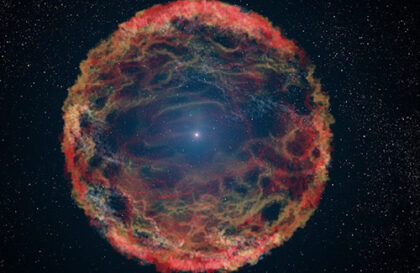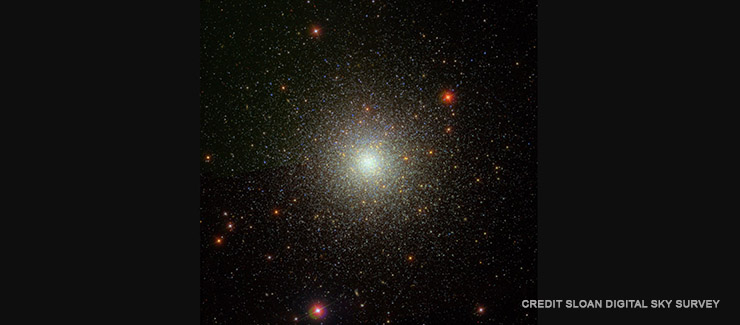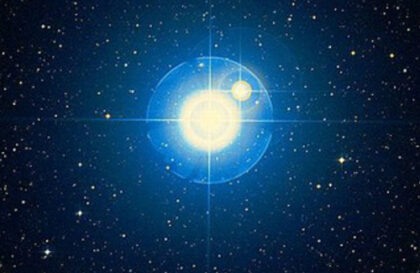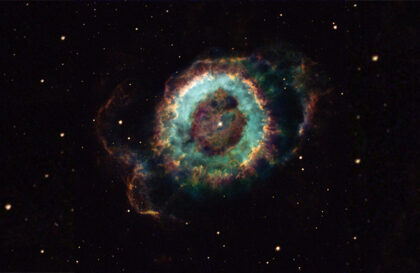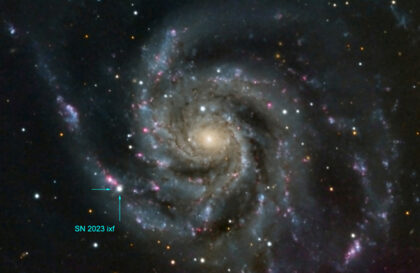Recently, data has been received that an invisible object may be around the North Star, such as a massive planet. The North Star is the brightest in the night sky. Astronomers have studied its spectral lines and the star’s gravitational influence on its environment and have used radio telescopes to search for planets that may be orbiting the North Star. However, so far, this has yet to be successful. This is because the radio waves must be focused on the star for an extended period to detect any potential planets, a challenge due to the star’s size and large amount of background noise. In addition, the age of the star and its position in the sky were also studied.
Polaris, known as α Ursae Minoris or α UMi in the Astronomical Catalogue, is an F-giant star located approximately 434 light-years from Earth. A unique characteristic of the pole star is that it is located near the north celestial pole. This means that at any time of the year and even during daylight hours, the North Star remains visible in the sky. Its height above the horizon points to the north.
The Pole Star, or Pole Star, is located in the constellation Ursa Minor and is closest to the Earth’s north celestial pole.
Polaris is located 30% closer to our solar system than previously thought. The North Star is the only star that points to the North Celestial Pole (NCP). But in 14,000 years, the brighter star Vega in the constellation Lyra will be the closest star to the pole.
Because of the precession of the poles over 26,000 years, all the stars, and other celestial objects, appear to shift west to east at the rate of .014 degree each year (360 degrees in 26,000 years). Credit: Nasa
The stars in the night sky move around the North Star, but not all of them; this phenomenal effect is observed primarily for stars close to the celestial pole.
Banner image: Time exposure centered on Polaris, the North Star. Notice that the closer stars are to Polaris, the smaller the circles they describe. Stars at the edge of the frame make much larger circles. Credit: Bob King
Image credit:
https://www.universetoday.com
https://science.nasa.gov

